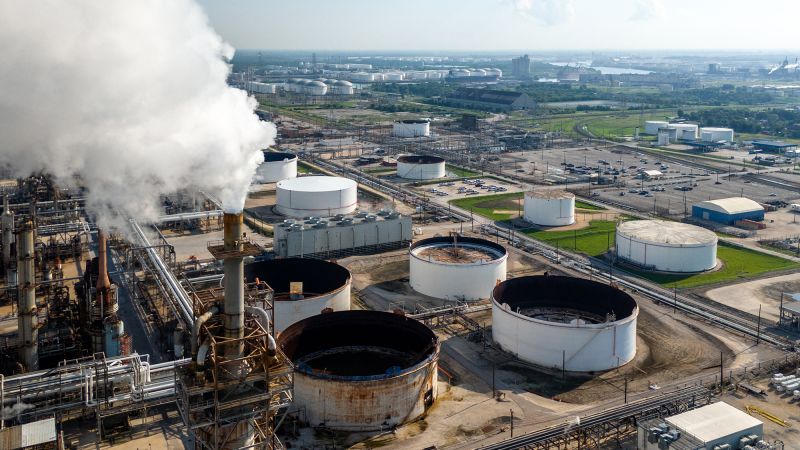The International Energy Agency has predicted that oil and natural gas prices are expected to be lower over the next five years, offering relief to consumers who have been hit hard by price spikes in recent years. This forecast is based on an increase in oil and natural gas supplies in the second half of the decade, as long as conflicts in the Middle East and Russia do not disrupt current trends. The agency’s latest World Energy Outlook report highlights the downward pressure on prices and the potential relief for consumers. However, it also calls for a faster transition to clean energy to address both the climate crisis and global energy security concerns driven by geopolitical tensions.
Despite the positive outlook on fossil fuel prices, the IEA emphasizes the importance of government action in stepping up investments in clean energy transitions and removing inefficient fossil fuel subsidies. The report suggests that investing in green energy not only helps prevent a climate catastrophe but also makes financial sense in the long run. Many clean energy technologies are already the most affordable options considering lifecycle costs, shielding consumers from volatility in fossil fuel prices. Extreme weather events intensified by climate change have damaged energy infrastructure and disrupted supply chains, leading to temporary price surges.
The IEA reiterates its previous forecasts that demand for oil, natural gas, and coal will peak by the end of the decade. However, it warns that the world is still far from a trajectory aligned with its net zero goals. Scientists argue that worldwide greenhouse gas emissions must reach zero net basis by 2050 to limit global warming to 1.5 degrees Celsius. Current policies put the world on track for a 2.4-degree increase in global average temperatures by the end of the century, highlighting the urgent need for accelerated action towards clean energy transitions.
Global oil output has been increasing, mainly driven by producers in the United States and other countries in the Americas. The IEA expects a significant surge in natural gas supply in liquefied form over the next five years, with the US and Qatar contributing most to this growth. This “buyer’s market” scenario is further supported by an overhang of oil and liquefied natural gas supply in the 2020s, along with excess manufacturing capacity for key clean energy technologies like solar panels and batteries. The agency also notes a resurgence of nuclear power generation in several countries, setting the stage for substantial changes in the energy sector.
The potential downward pressure on fossil fuel prices provides governments with an opportunity to focus on clean energy investments and climate change action. Addressing the inefficiency of fossil fuel subsidies and promoting policies that align with global net zero goals are crucial in shaping the future of the energy sector. As governments and consumers make choices that impact the energy landscape, the IEA emphasizes the significant consequences for tackling climate change. The report underscores the importance of collective action in transitioning to clean energy technologies, not only for environmental reasons but also for long-term economic and energy security benefits.















